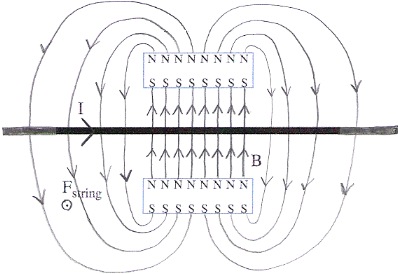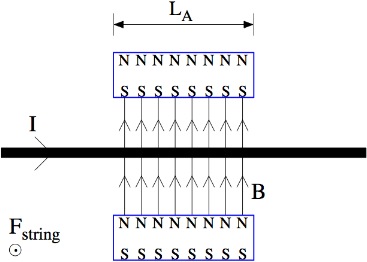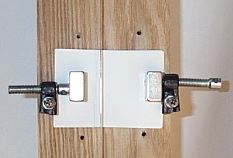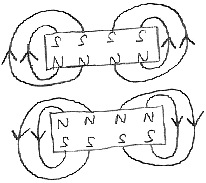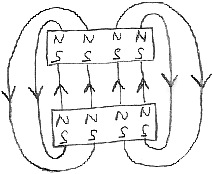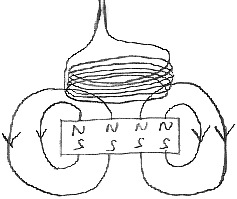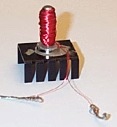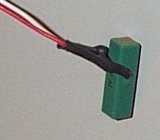Difference between revisions of "Actuators"
m (→Reluctance Force Actuator) |
(→Lorentz Force Actuator) |
||
| Line 30: | Line 30: | ||
<center> | <center> | ||
[[Image:lorentz_em.jpg]] | [[Image:lorentz_em.jpg]] | ||
| + | </center> | ||
| + | |||
| + | <center> | ||
| + | [[Image:lorentz_em0.jpg]] | ||
</center> | </center> | ||
Revision as of 21:26, 19 October 2008
Motors can also be controlled on the AVR. There are some extra parts involved. Foremost of course is a DC motor. It also needs a motor controller, which supplies the needed voltage and current to the motor, including the direction of current. The direction of current through the motor determines the rotational direction of the motor: clockwise or counter clockwise.
Pulse Width Modulation (PWM) is a technique that we use to control the speed of the motor. A DC motor's speed is determined by now much current is flowing through it. Intuitively, if we supply a low DC current, the motor will spin slowly. It will spin more quickly with a higher current. As it turns out, it is difficult to create a circuit that supplies a varying current like this. So, we use PWM. Pulse Width Modulation used two discrete values of current (none and full) in pulses that average to the desired current value you need to make the motor act as you want. The longer the pulse, more average current flows through the motor, and the faster it goes. We speak of the length of the pulse in terms of something called the Duty Cycle.
PWM can be used to control the apparent output intensity of LED's, too!
explain opposites attract for magnets and electromagnets
Contents
Acoustic System Actuators
Often we would like to induce vibrations spanning the entire range of human hearing. Here we explain how to induce these vibrations in air and in structures.
Vibrations in Air
Loudspeaker Driver
Loudspeaker drivers convert an electrical signal into pressure waves in air. These are quite common, so we refer the reader to Hyperphysics and Wikipedia. Since loudspeaker drivers are usually linear actuators, their maximum displacement is usually limited.
For instance, loudspeaker drivers can be used to actuate percussive instruments. The figure below shows a small plastic container glued to a loudspeaker cone. Shakers can be placed inside the plastic container, or the loudspeaker can be inverted and placed on top of a drumhead, allowing the plastic container to strike the drum membrane when a current is applied to the loudspeaker.
Vibrations in Structures
Lorentz Force Actuator
e.g. woofers and shakers
Reluctance Force Actuator
e.g E-Bow, Sustainiac
